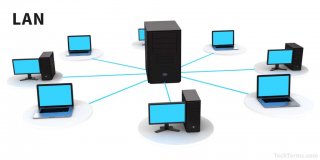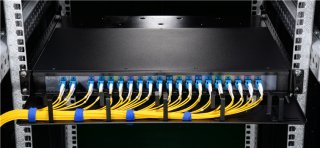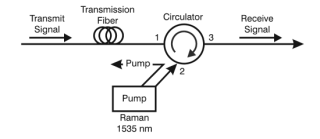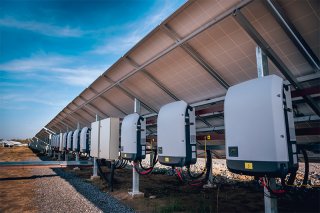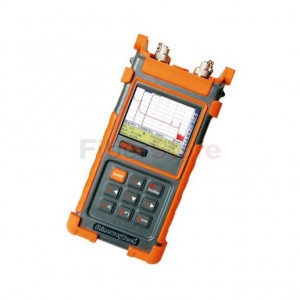- Description
- Reviews
- FAQs
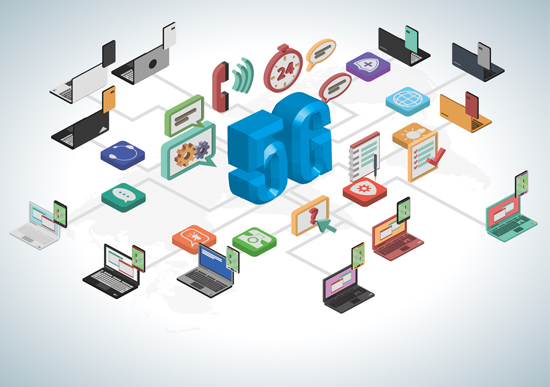
What is 5G 5G is the term used to describe the next-generation of mobile networks beyond the 4G LTE mobile networks of today. As of mid-2016, there was no standard so the definition is still very fluid. It is assumed that 5G networks will not become commercially available until the 2020 timeframe.
The International Telecommunications Union (ITU) will be the standards body that releases the final standard, which is also being referred to as International Mobile Telecommunications (IMT)-2020. The 3GPP is the mobile industry standards body that will submit a proposed specification to the ITU to be part of the IMT-2020 standard. Mobile operators and vendors all participate in the 3GPP specification process.
The vision of 5G is becoming clearer as we move closer to 2020. Most experts say 5G will feature network speeds that are blazingly fast at 20 G/bps or higher and have a latency that is mere milliseconds. Not only will people be connected to each other but so will machines, automobiles, city infrastructure, public safety and more.
5G networks are also expected to have always-on capabilities and be energy efficient, all of which will likely require new protocols and access technologies.
The 5G Race
Some operators are attempting to be very aggressive with their deployments and push the standards process forward. In the U.S. Verizon has formed a 5G Tech Forum along with other vendors like Cisco, Ericsson, Nokia, and Apple. The group’s goal is to collaborate on early 5G specifications and then contribute those to the 3GPP. Verizon released its specifications to vendors in July 2016. Meanwhile, AT&T’s tactic is to not release its own specifications but instead to try to speed commercialization of 5G once the 3GPP releases its first official specs, expected in mid-2018.
READ MORE ...DWDM System Amplifiers5G Will Integrate LTE
An essential component to answering what is 5G is that it will likely be designed to build upon the existing LTE networks and many features will start to be available as part of the LTE-Advanced Pro standard.
Some of those features include carrier aggregation, which lets operators use existing spectrum more efficiently and also increases network capacity. Carrier aggregation will also allow wireless operators to increase user throughput rates.
Self-organizing networks (SON) will likely also be a key factor in the radio access portion. Other technologies such as coordinated multipoint, which lets operators have multiple sites simultaneously transmitting signals and processing signals, will also likely be a key technology.
SDN is a Stepping Stone in the ‘What is 5G’ Definition
Software-defined networking (SDN) and network functions virtualization (NFV) are going to play a key role for operators as they prepare to migrate from 4G to 5G and scale their networks quickly.
SDN will be necessary for operators to carve virtual “sub-networks” or slices that can be then used for bigger bandwidth applications. That includes video, which might need throughput speeds of 10 Gb/s as well as lower bandwidth applications to connect devices that are less demanding on the network, such as smartwatches.
What is 5G The Uses Cases
One reason the definition is still unclear is that unlike any other wireless network upgrade, how 5G is architected and deployed will depend upon how the network is used. For example, video traffic is expected to grow substantially making it necessary to provide higher speeds for applications such as streaming video, video conferencing, and virtual reality. To achieve this type of performance, the network will likely need a lot of small cell coverage and will take advantage of higher bandwidth spectrum.
READ MORE ...Fiber Optic Power Meter GuideAt the same time, many envision 5G being the network for the Internet of Things (IoT). In order to support a huge number of devices, many of which require longer battery life, the 5G network will have to be extremely efficient in its low-bandwidth transmissions and have enhanced coverage
- Customers Reviews
* Delivery Time.
We need 1-2 days to process your order before shipping. There are two shipping methoed.
Fast Delivery: The delivery time for US, European countries the delivery will take 3-5 days.
Slow Delivery: The delivery time for US, European countries the delivery will take 7-15 days.
* Tracking information.
After we ship package, customer receive automatic email with tracking details.
* Lost Package Policy.
If a package did not arrive in 2 weeks after the shipping date, then this package is treated as Lost. In this case a new package will be shipped to the customer provided we are able to give the same items as those purchased by the customer. If we are not able to provide the same items to substitute the lost ones we will either propose to the customer similar items or refund their cost as it will be mutually agree with the customer. If one or more items neither the same nor similar are available to be shipped, the customer can request to cancel the order entirely, thus the total cost of the order including shipping and handling cost will be fully refunded.

















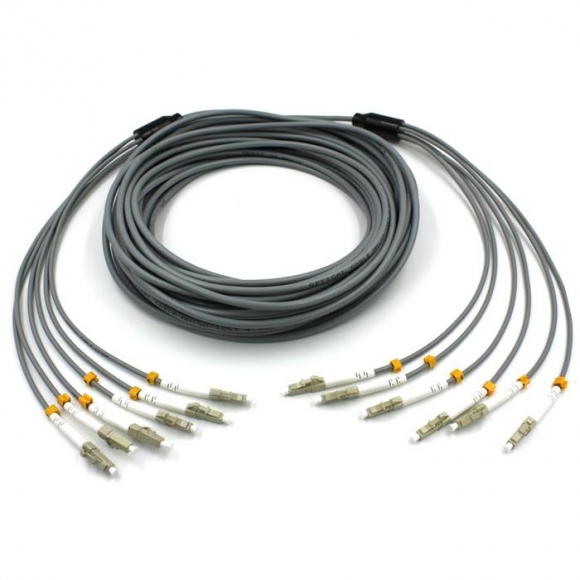

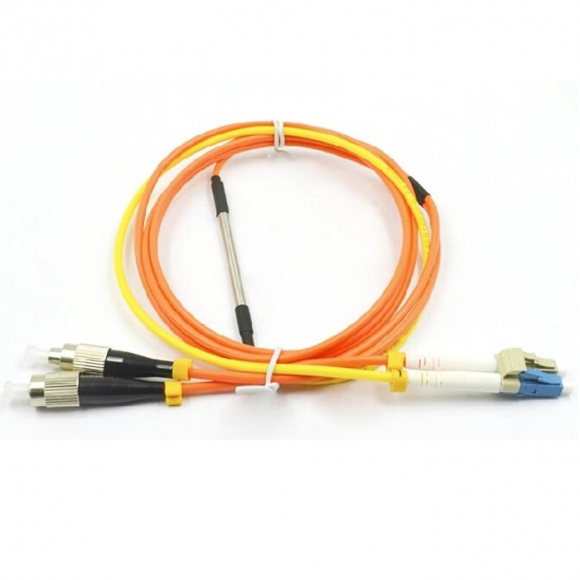


















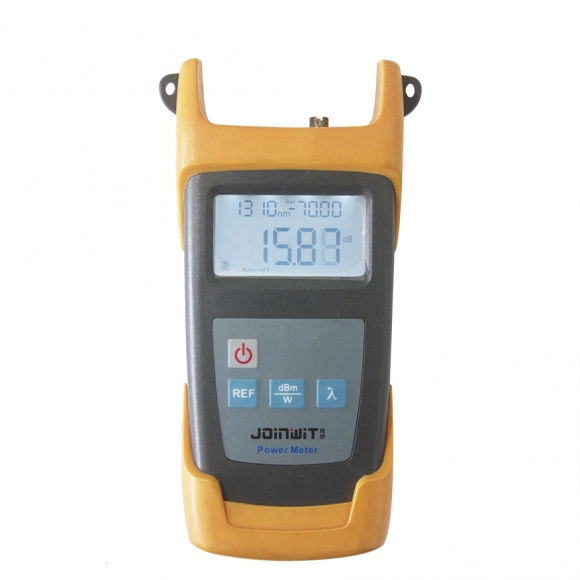
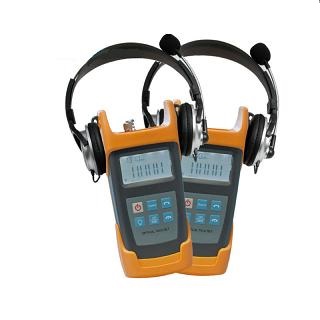
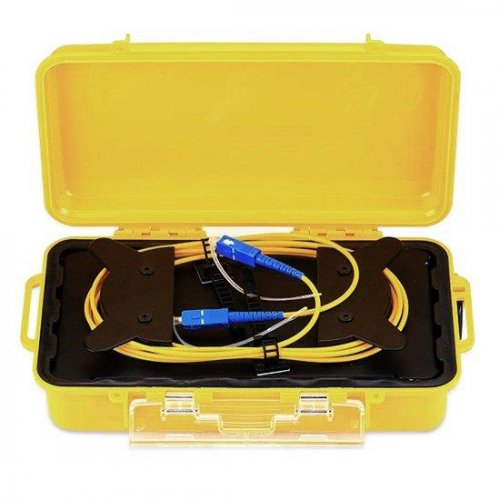





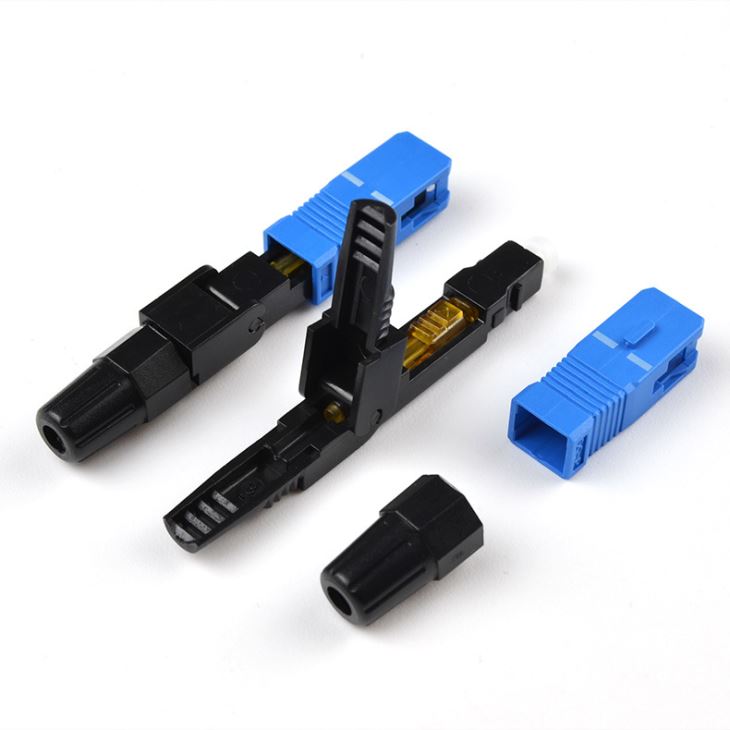




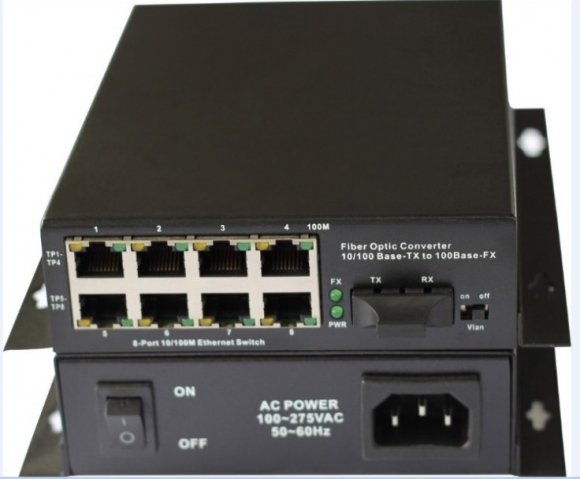

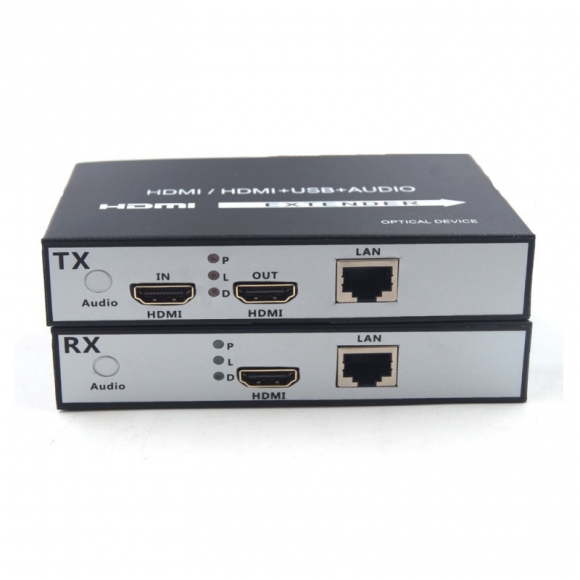
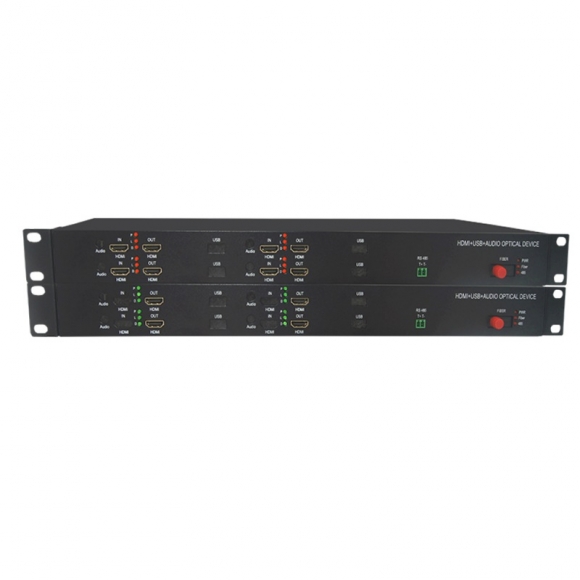




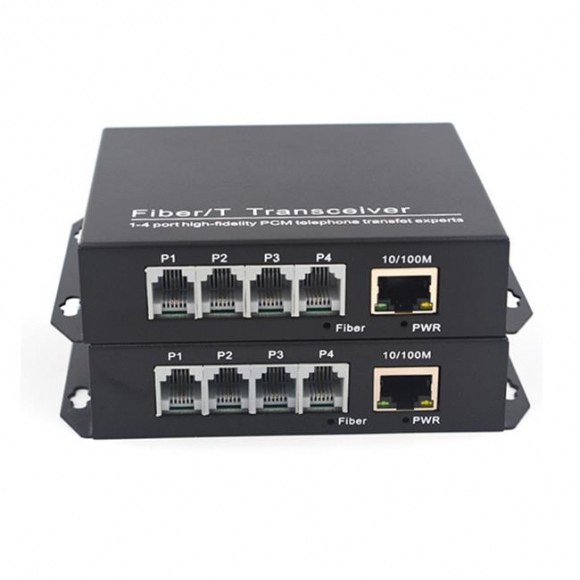
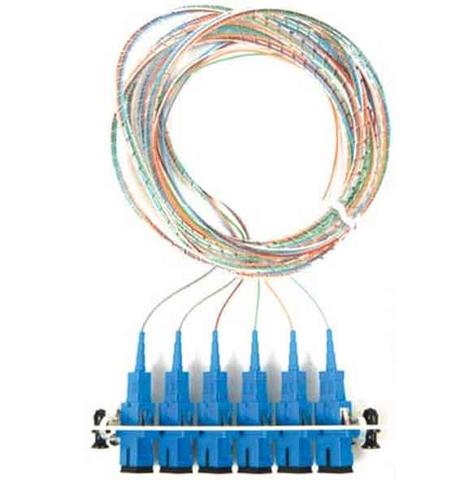






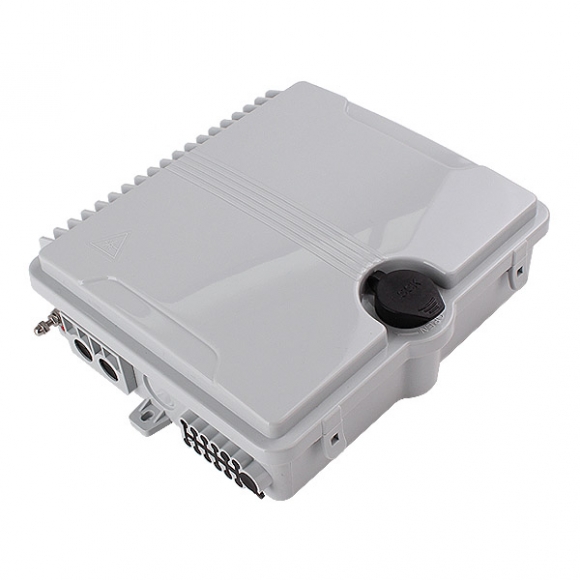

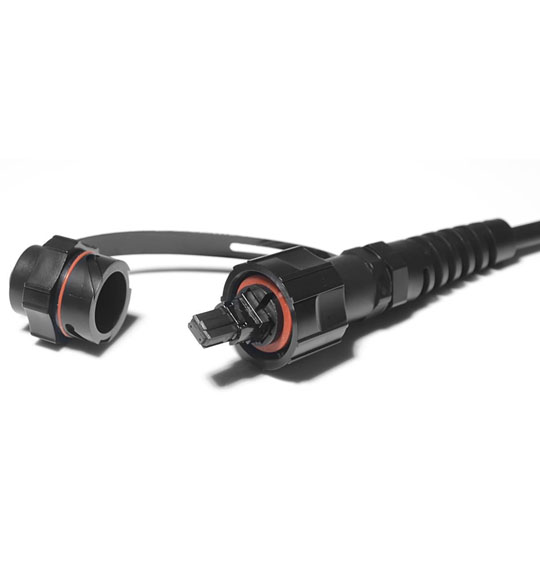


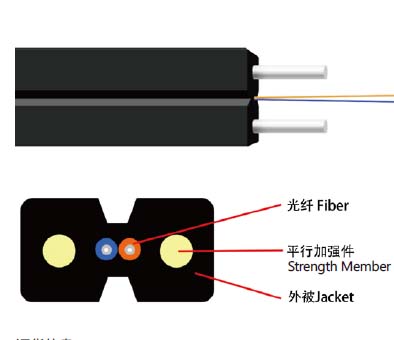
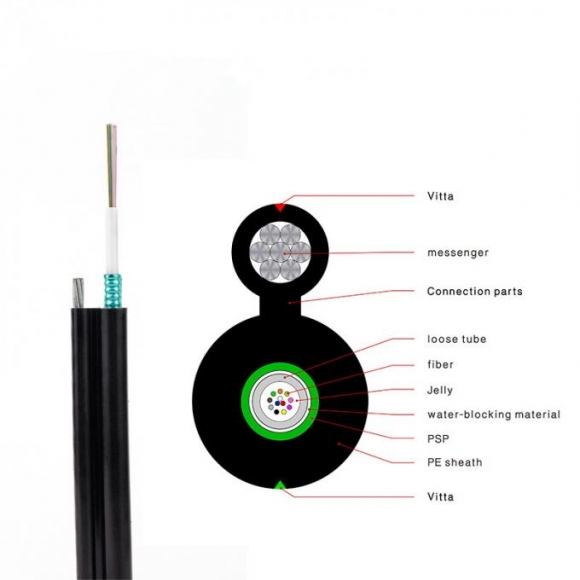
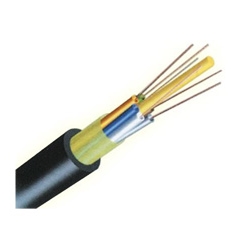
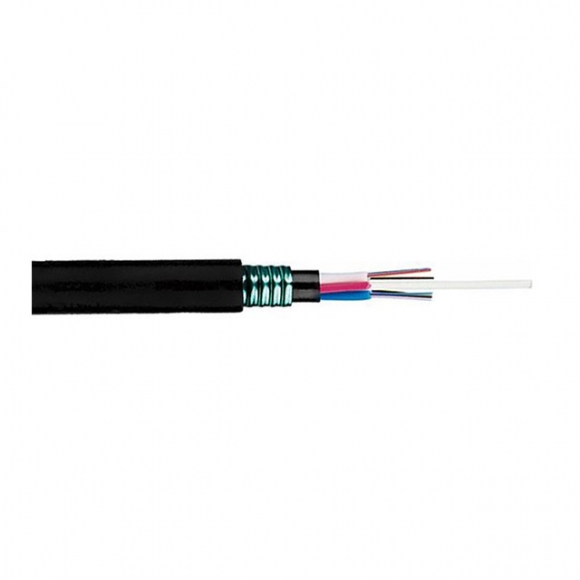
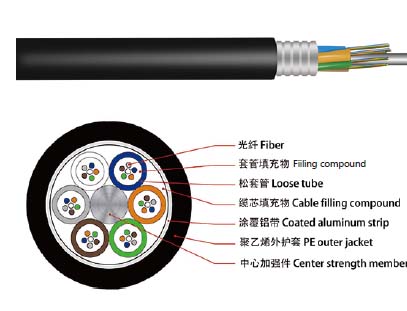
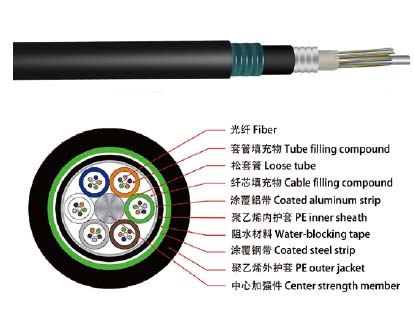

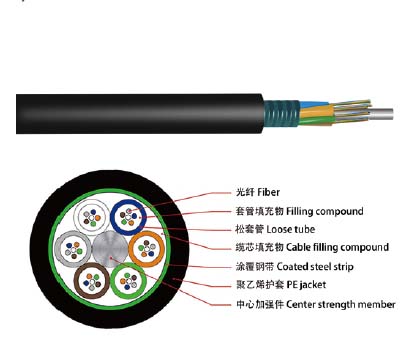
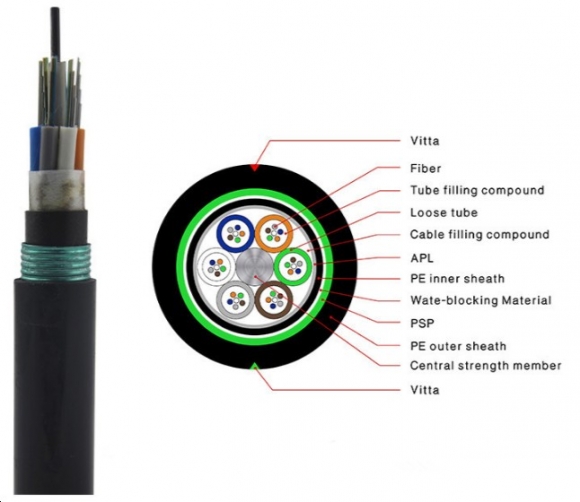
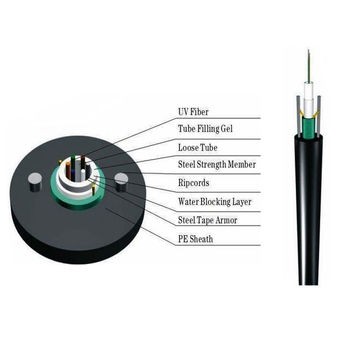





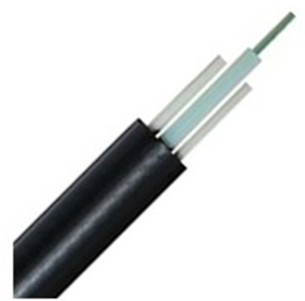
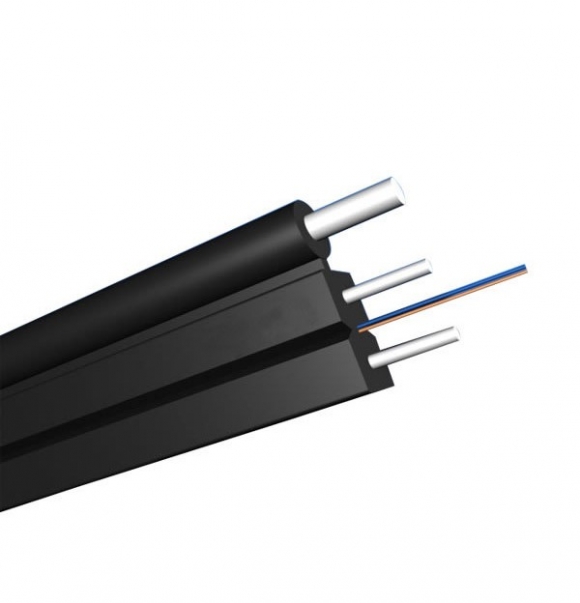


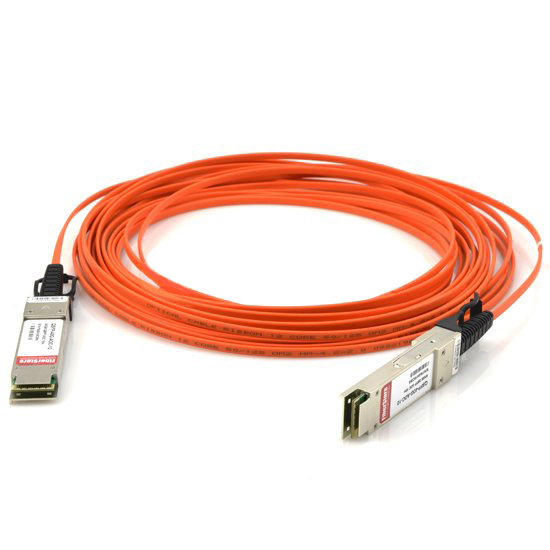

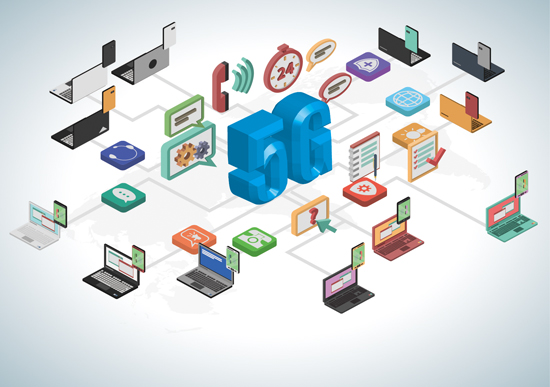
 (0)
(0) (0)
(0) (0)
(0) (0)
(0) (0)
(0)
